In oil and gas industry, significant roles of centrifugal pump is crystal clear to every engineer. Centrifugal pumps are the key equipment in every petrochemical or refinery plant. They are the number one choice when a pressure rise in a liquid stream is required. Because of their vast applications, centrifugal pumps are manufactured in various types. In API 610, American Petroleum Institute provides standardizations on centrifugal pump classification. In this article, we will briefly introduce famous centrifugal pump’s classes according to API 610.
Based on below chart, centrifugal pumps are classified into three major groups as:
Overhung (OH)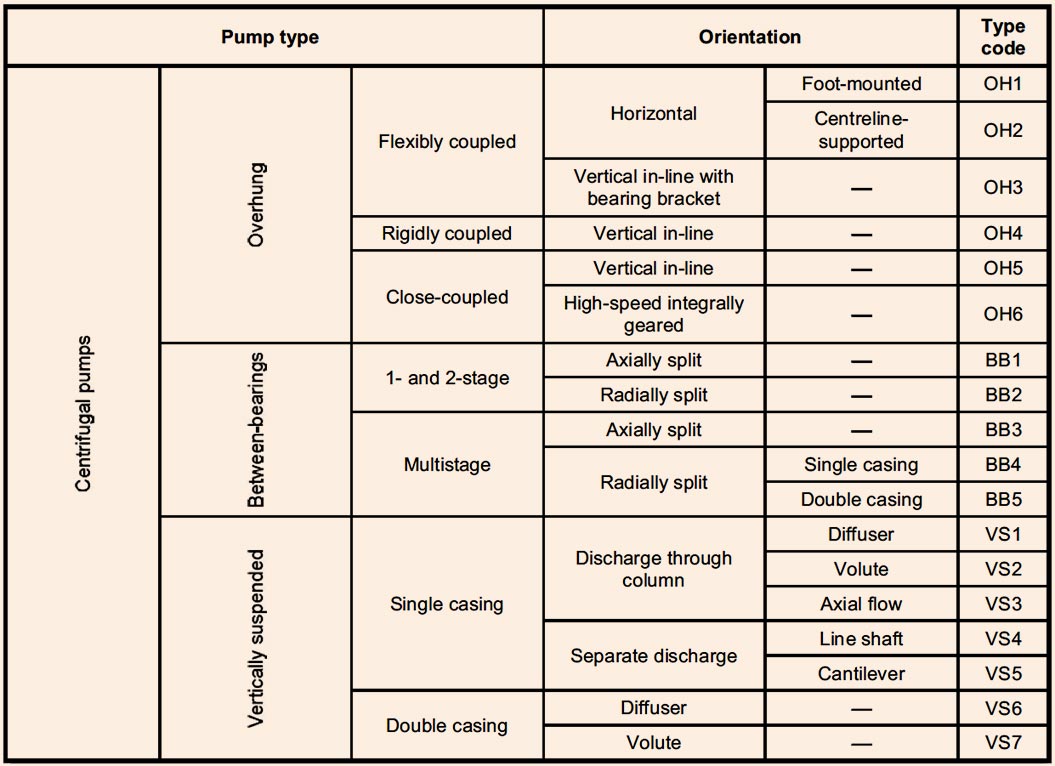
Overhung (OH)
It is the simplest group with minimum price and low discharge pressure. For moderate applications, overhung pumps are the first economical choice. They utilize one set of bearing at one side of shaft as their major distinguishing characteristic. As a rule of thumb, their head, flow rate and power are approximately limited to the following figures:
Hmax= 300 m, Qmax= 1500 m3/h, Pmax= 400 kW.
Overhung pumps are categorized into six types:
OH1- OH2- OH3- OH4- OH5- OH6
OH1
They are flexibly coupled, horizontal, foot-mounted pumps. OH1 has a leg support between pump body and motor. Because of their configurations, they suffer from shaft misalignment and nozzle deflection in case of thermal expansion. OH1 does not meet all the requirement of API 610. Minimum design pressure of OH1 is 16 bar at 38 °C.
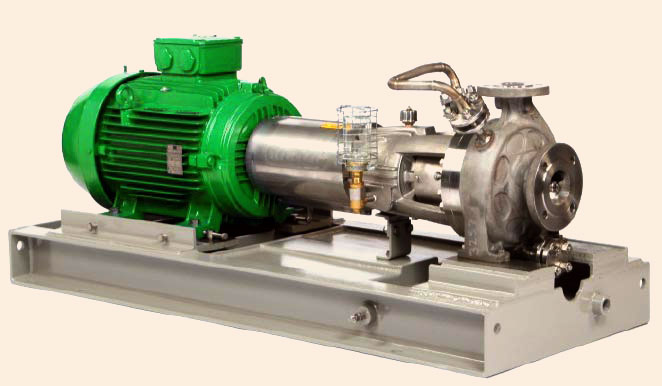

OH2
They are flexibly coupled, horizontal, centerline-supported pumps. Due to their centerline-mounted configurations, thermal stress on shaft and nozzles decreases in case high temperature. Therefore, probable shaft and piping deflection is minimized. Minimum design pressure of OH2 pumps is 40 bar at 38 °C. Their nozzle class rating is usually a minimum of 300#.
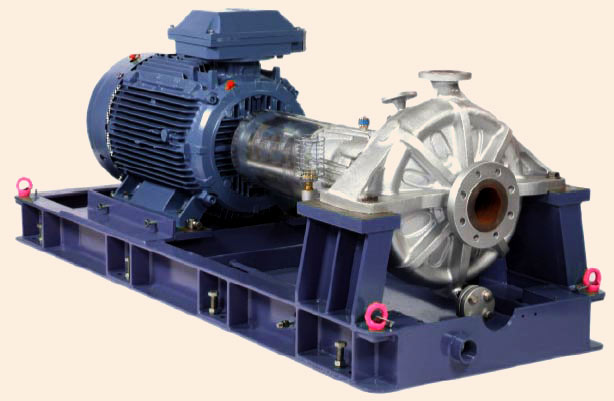
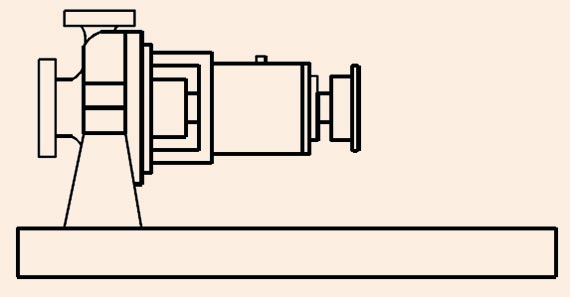
OH3
Flexibly coupled, vertical in-line pumps with bearing bracket. The flexible coupling allows easier shaft alignment and protect the pump against thermal and mechanical stress. OH3 meets the requirements of API 610. Due to their simple in-line configuration, these pumps are the number one economical choice for non-severe applications with low head and flow rate.
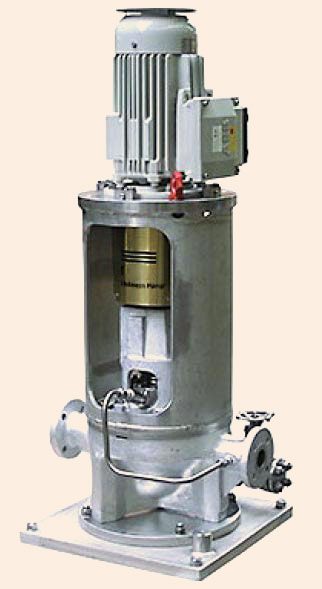
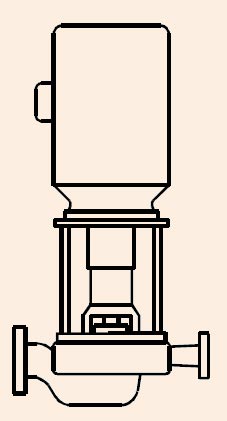
OH4
Rigidly coupled, vertical in-line type. Due to the rigid coupling, alignment of the driver with pump is difficult. Dismantling of pump is only possible through the movement of pump’s driver and piping position. OH4 is not verified by API 610.


OH5
Close-coupled, vertical in-line. These pumps have no coupling for their shaft. Same as OH4 pumps, OH5 is not recommended by API 610. Comparing to horizontal pumps, all vertical types (OH1, OH2 & OH3) can withstand up to 2 times more loads on their inlet/outlet flanges and still remains functional. These loads may result from thermal expansion or mechanical stress from piping system.


OH6
These are close-coupled, high speed integrally geared pumps. They can provide high discharge pressure due to high rotational speed (up to 20’000 rpm) which can be obtained by means of internal gear. Normally, there is one coupling between gearbox and motor, while no one is between gearbox and impeller.

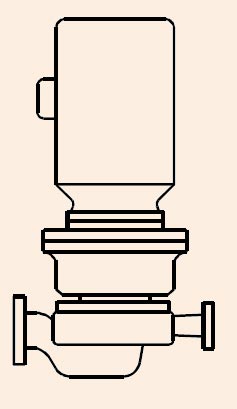


BB2
1- and 2-stage radially split. BB2 has the advantage of good sealing of the casing. They can be manufactured in 1- or 2-stage. If the inlet/outlet nozzles are located in one line (without any offset) relative to each other, the pump has one stage.


BB3
Multistage, axially split. BB3 can produce very high discharge pressure for demanding applications like high pressure boilers. There is large pressure difference between inlet and outlet side of these pumps. This huge pressure imbalance may produce excessive stress on the pump. To balance axial and radial force on the shaft, the direction of flow in half of impellers (stages) should be opposite of the other half. This is done by installing impellers at reverse orientations on the shaft.

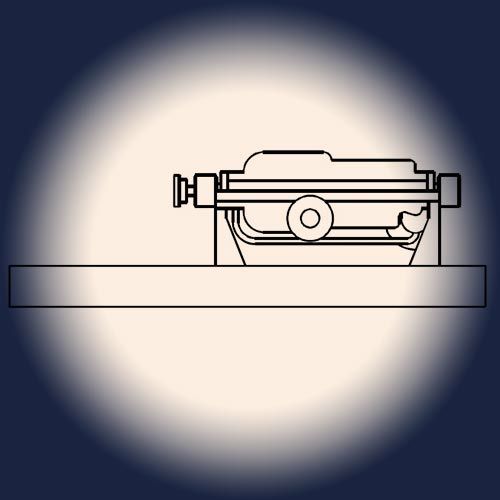
BB4
Multistage, radially split, single casing. Each stage consists of an impeller and a cylindrical casing which covers around the impeller. These casings then, join together along shaft by means of tie rods (nuts & bolts). BB4’s whole casing comprises of several smaller parts joined together. Hence sealing is difficult for high pressure or low viscous services. This type does not meet all the requirements of API.


BB5
Multistage, radially split, double casing. This type is mostly used where the fluid is hazardous or high pressure, so leakage prevention is significant. BB5 consist of two casing, one inside the other to assure the sealing of the pump. The inner casing may be axial or radial type.
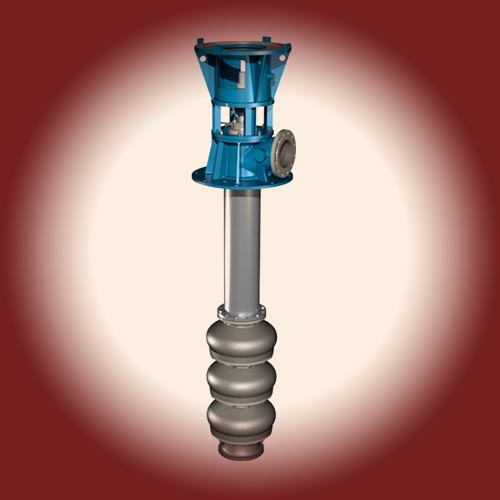
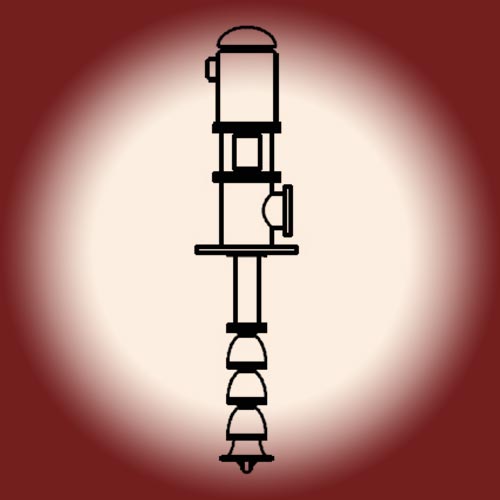
VS2
Single casing, discharge through column, volute type pumps. VS2 is mostly used for moderate flow rate and head.
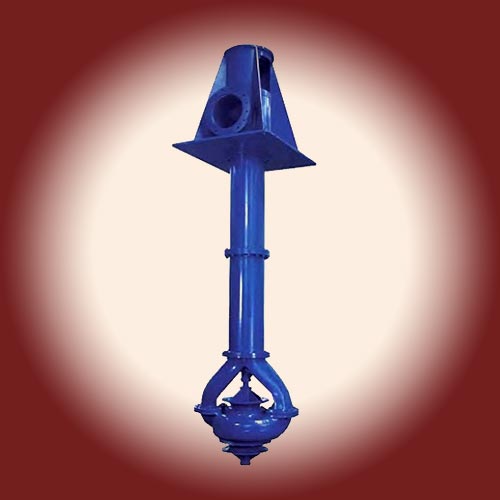

VS3
Single casing, discharge through column, axial flow pump. This type can handle large flow rate.


VS4
Single casing, separate discharge, line shaft pump. It is one the most popular vertically suspended pumps. It consists of a long shaft with multiple couplings. Therefore, it can be used at deep wells. It has a separate discharge line which is not located in the center of the main body. As a result, the unbalanced radial loads may cause vibration. VS4 contains multiple sleeve bearings to support its long shaft. In order for a smooth operation, these bearings have to be cooled down with a flushing liquid. This liquid is usually taken from main process fluid.


VS5
Single casing, separate discharge, cantilever pump. They are identical to VS4 except VS5 has one-part rigid shaft. Normally, they are not equipped with sleeve bearing. Hence, they are suitable for dirty services where there is no external cooling fluid is available.

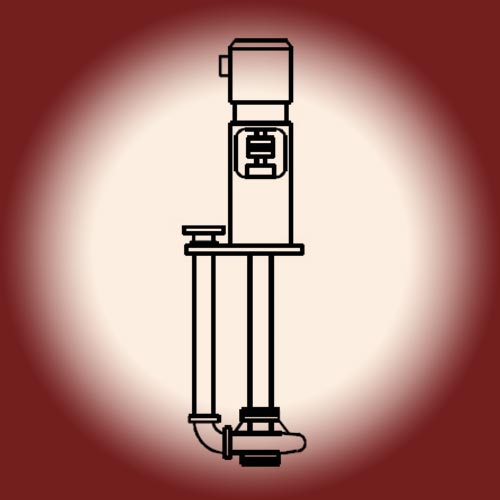
VS6
Double casing, diffuser pump. It is a multistage pump with suction and discharge nozzles at same elevation. The impellers are located at lower elevation. Therefore, VS6’s main advantage is that it requires lower NPSHr due to vertical fluid column at suction. This type is perfect for cryogenic services.
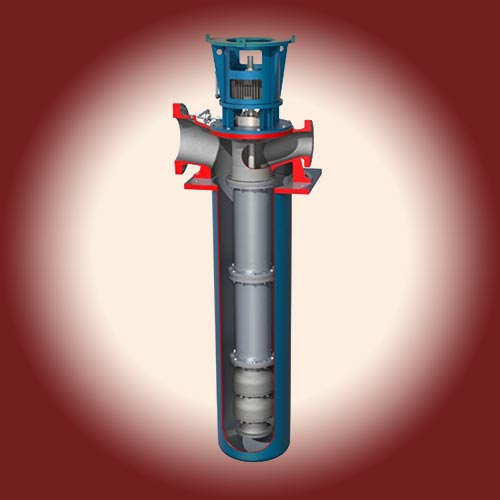

VS7
Double casing, volute pump. It is like VS6, except that it is single stage and has a volute casing.


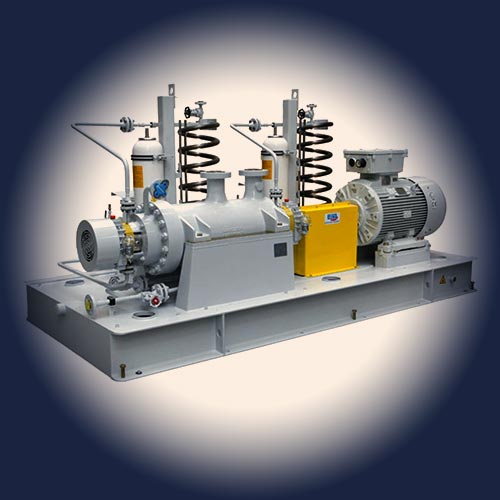

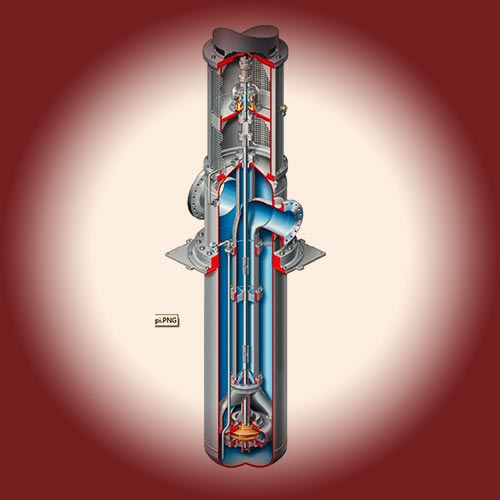

Leave A Comment